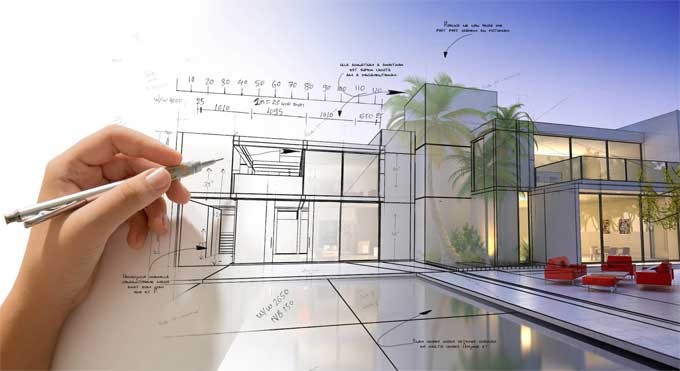Why 3D Renderings are Essential for
Modern Architecture and Interior Design
PUBLISHED IN:
Residential
PUBLISHED ON:
August 22, 2024
In the dynamic world of modern architecture and interior design, where innovation and creativity reign supreme, 3D renderings have become an indispensable tool for professionals seeking to push boundaries and realize their visions. Beyond their aesthetic appeal, 3D renderings offer a multitude of practical benefits that contribute to the success of architectural and interior design projects. Let's explore why 3D renderings are essential in contemporary design practices.
Visualization and Refinement
3D renderings serve as a bridge between abstract concepts and tangible reality. They allow architects and designers to visualize their ideas in three dimensions, providing a clearer understanding of spatial relationships, proportions, and aesthetics.
This visualization empowers designers to refine their projects, experiment with different materials, colors, and layouts, and make informed decisions before committing to physical construction.
By identifying potential design flaws or spatial constraints early in the process, 3D renderings help avoid costly revisions and ensure a smoother execution during the construction phase.
Client Communication and Collaboration:
3D renderings facilitate effective communication between designers and their clients. They offer a visual language that transcends technical drawings and floor plans, making it easier for clients to grasp the design intent and provide meaningful feedback.
This fosters a collaborative environment where clients can actively participate in the design process, leading to greater satisfaction and a stronger sense of ownership over the final product.
By showcasing the project's potential in a realistic and engaging way, 3D renderings can generate excitement and build trust between designers and their clients.

Creating Stunning and Functional Spaces:
3D renderings play a pivotal role in creating spaces that are both visually striking and functionally sound.
By simulating lighting conditions, materials, and textures, designers can ensure that their vision translates seamlessly into reality, creating spaces that are not only beautiful but also comfortable and practical.
3D renderings enable designers to test different spatial configurations and furniture arrangements, optimizing flow and functionality within a given space.
Examples of 3D Renderings in Action:
3D renderings are a powerful marketing tool, allowing developers to create stunning visuals for brochures, websites, and social media campaigns.
Virtual tours and interactive presentations based on 3D renderings provide a more immersive experience for potential buyers, helping them visualize themselves living or working in the space.
The ability to customize renderings to showcase different finishes and layouts can appeal to a wider range of buyers and accelerate sales.
Attracting Investors
Innovative Residential Architecture: 3D renderings have been instrumental in the design of groundbreaking residential projects, such as the "House on the Cliff" by Fran Silvestre Arquitectos. The renderings allowed the architects to visualize the house's integration with the dramatic cliffside landscape, ensuring a harmonious and breathtaking result.
Transformative Interior Design: In the realm of interior design, 3D renderings have enabled the creation of stunning and functional spaces, like the "Vanke Times Center Sales Gallery" by CCD. The renderings helped visualize the interplay of light, materials, and spatial elements, resulting in a sophisticated and welcoming environment.
Conclusion
3D rendering has become an indispensable tool for real estate developers, offering a range of benefits that streamline the development process, enhance marketing and sales efforts, and ultimately lead to more successful projects. By harnessing the power of 3D visualization, developers can bring their vision to life, communicate more effectively with stakeholders, and create a lasting impression on potential buyers and investors. As technology continues to advance, we can expect 3D rendering to play an even more significant role in shaping the future of real estate development.
Get in touch
Please submit the form below to contact via email. We’ll get back to you within 24 Hour in business day.

